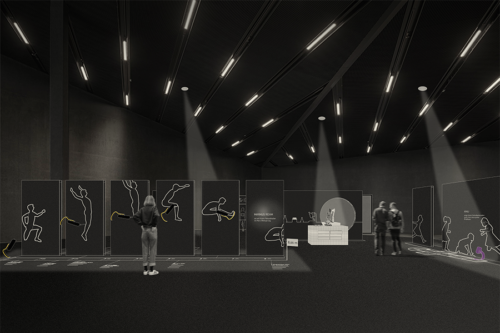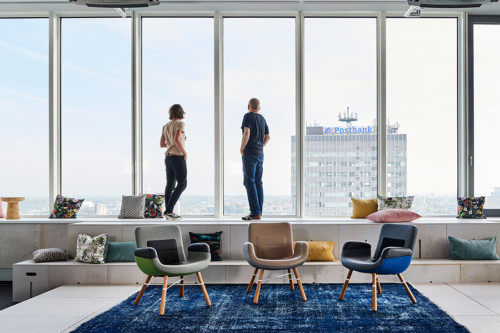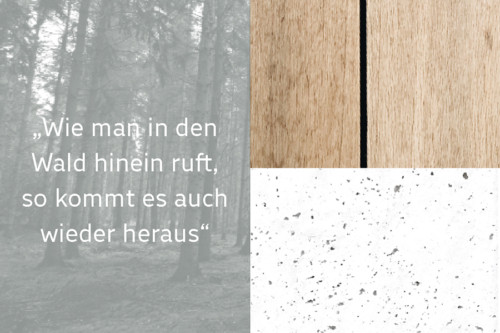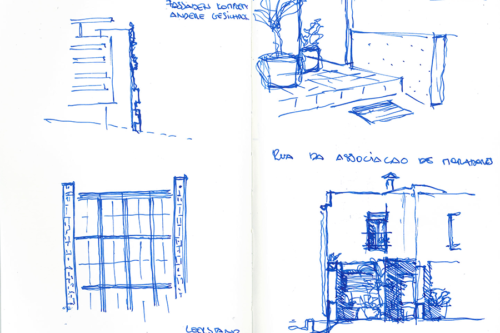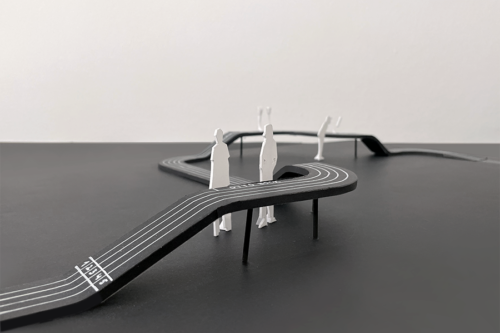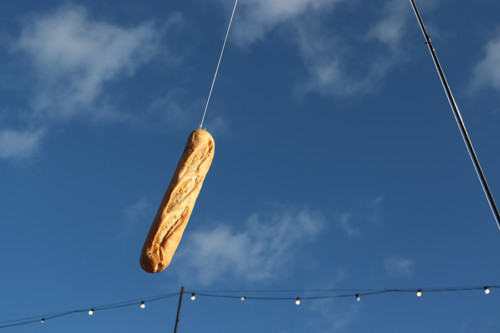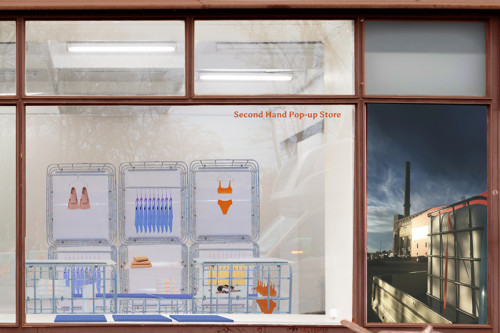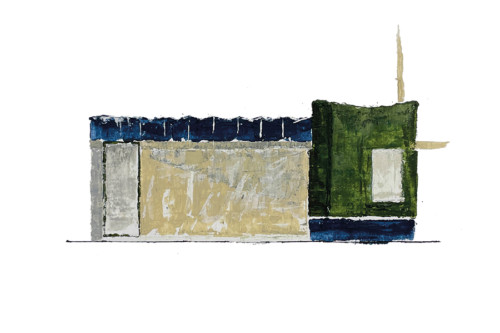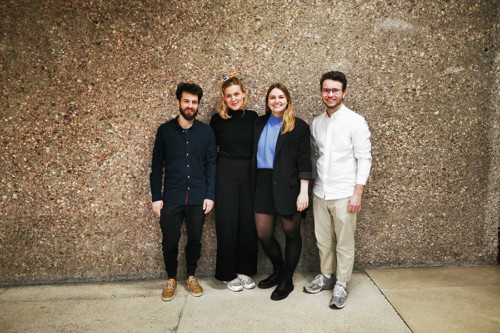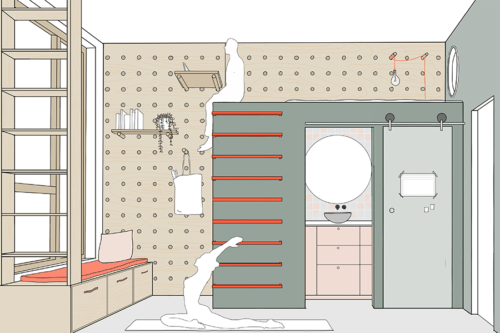Stipendiaten-Blog: Naomi Rossignol
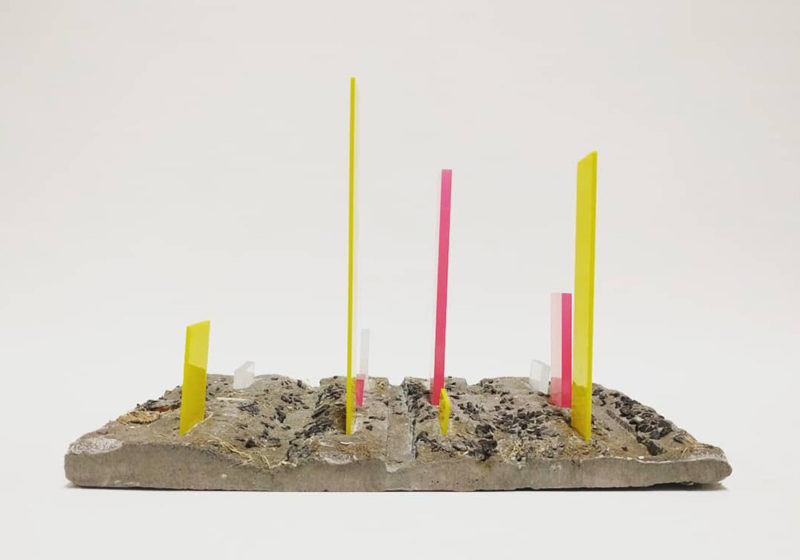
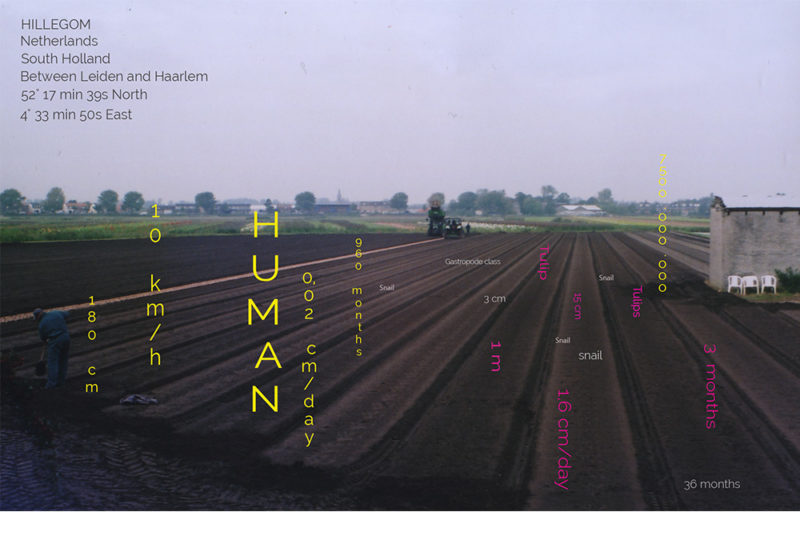
These past 2 months, all my work and research have converged around the theme Landscape.
From all the visible features of an area of land and related to the limit of the vision, I was questioning the sense of it. Is it an inside or outside space? Horizontal, vertical, a landscape nearby or far away? Is it a natural or artificial one? Is it related to time and movement, or rather static? How do you perceive it? What is your relationship with it?
The Invisible Landscape, Hillegom,
South-Holland
I started my research looking at the flower fields of Hillegom, one of the most typical flat Dutch landscapes. Tulip cultivation areas surrounded by water canals. My first impression was that the place was rather quite. Moreover, I could see a real confrontation between the man-made land and the natural fauna and ?ora to maintain. I wondered how the farmers are sustaining their field, and what is the influence of the surrounding environment? To go deeper, I specifically decided to focus on the human, tulips and snails. Thus, I went on collecting a lot of information on-site and online and started to compare the three by making graphics.
What is their lifespan, adult size in centimeters, rate of growth in cm/day, speed of movement in km/h, for instance? It appeared to me that these were the invisible layers that are shaping the landscape.
Research using books, such as “Landscape and memories” by Simon Schama and literature helped me advance in my project. A thought from Le Petit Prince by St-Exupery has raised my attention as it introduces the notion of character in a landscape:
If you were to say to the grown-ups: «I saw a beautiful house made of rosy brick, with geraniums in the windows and doves on the roof,» they would not be able to get any idea of that house at all. You would have to say to them: «I saw a house that cost $20 000.» Then they would exclaim: «Oh, what a pretty house that is! »
These gave me a different perspective to look at the field of Hillegom, from a production point of view I got to the personality and the emotional side of the landscape where I finally ended my research by making a film.

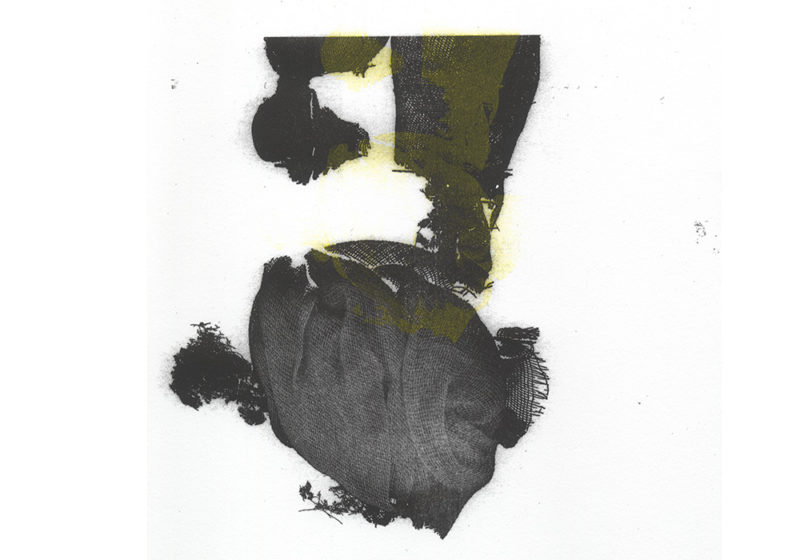
Immersive Landscape,
Heimtextil Trade Fair, Frankfurt, Germany
“Consuming a landscape as an image can remain very superficial unless you experience it physically.”
Starting in January, Nina, Bastian and I had the chance to design and build a 1:1 installation made of a wooden frame and textile for the Heimtextil Trade Fair in Frankfurt. We wanted to confront the public with a space in which the fabric, instead of being used as a decoration piece, would become the floor, the walls and the ceiling in order to have no defined surface and a loss of spatial orientation.
During the building process, it was interesting to enter into a direct relationship with the fabric, to manipulate it and to size its weight. For the very first time, I had the sensation of working with it as a real body. From the surrounding environment of the trade fair, the installation felt quite independent and detached, standing there with its own story. From the inside, it was a world in itself. An immersive space that quickly started to be a narrative space where intimacy could find a place in the loud activities of the fair.
Inquisitive landscape
In the last part of my research, I looked at crafts as a tool to capture emotional landscapes.
I was interested in finding ways to translate feelings and changes of perception.
The exploration started with a short text from “Fuir vers le reel”, a collection of travel stories written by artist Emmanuel Fillot, where I found a refined narrative description of a sea foam landscape and a path through cliffs.
To me, an atmosphere is a matter of experience. So intuitively, I started a 3D translation of it; a weaving with different materials such as raw wool and dyed cotton threads. Combining them, I made scans where I found that something interesting was happening in the weaving in terms of color variation, shape and textures. It was like capturing fragments of the story and freezing the atmosphere. Later on, I used the Riso printing machine to continue experimenting in 2D before going back to 3D with plaster casts.
Changing mediums and dimensions in a research process is to me a way to have another approach to what I am doing, to perceive things differently and thus to help me reflect on it in a better way.
In terms of this unending research on inquisitive landscape, I found a real passion for working with craft. Motivated to learn more about it and very inspired by the work of visual artist and designer Claudy Jongstra in terms of experimentation with craft and raw materials, I decided to contact her studio based in Friesland, North of Holland for a possible internship, and I got a positive answer.
I am now looking forward to start working there for a period of three months starting in April 2018.





